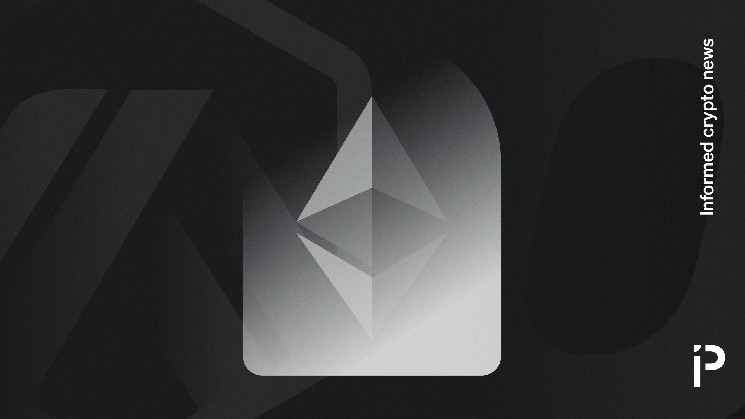Ethereum’s leading Layer 2 protocols, Arbitrum and Optimism, surged in popularity in 2022. Combined, Arbitrum and Optimism account for four-fifths of all value locked across Ethereum’s Layer 2s.
On January 12, these two protocols surpassed Ethereum’s daily transactions — showcasing their scaling potential. Optimism alone processed 800,000 transactions that day.
“Layer 2” refers to off-blockchain scaling solutions that batch, roll-up, or otherwise enhance transaction throughput. Layer 2s use separate protocols from the main blockchain to process transactions faster or cheaper. Eventually, all Layer 2-processed transactions settle in batches onto the regular, Layer 1 blockchain.
Arbitrum botches major release, cedes growth to Optimism
One of the primary selling points of a Layer 2 is cheaper transaction fees. According to Dune Analytics, Optimism’s transaction fees have historically remained lower than Ethereum’s base blockchain. However, Arbitrum’s cost savings recently jumped sharply near the end of August 2022 and outcompeted Optimism. Since then, Arbitrum has maintained its low-cost lead.
However, Arbitrum has struggled to regain credibility after its botched launch of a service called Odyssey. According to DappRadar, Arbitrum had $1.2 billion in total value locked (TVL) on August 29, 2022. One day later, its TVL plummeted to $125 million and has never materially recovered.
Many attribute that precipitous drop to Arbitrum’s unsustainable incentives prior to the launch of Odyssey, which handed out NFTs as rewards for activity on its platform. That initial use case was questionable, as users had little financial incentive to remain after they were paid out.
Arbitrum later paused Odyssey entirely. Developers then migrated the main Arbitrum One platform to Nitro, a separate upgrade that promised better throughput, lower fees, and better compatibility than Odyssey with Ethereum’s base layer.
Optimism tries the slow and steady approach
Meanwhile, Optimism’s TVL grew steadily throughout 2022. DappRadar reports that Optimism has about $650 million TVL today.
Similar to Arbitrum’s Odyssey NFT, Optimism launched OP Airdrop #1 alongside its Optimism Collective, an attempt at more democratic governance of its ecosystem. It also launched an incentive program for developers interested in building on its platform. For what it’s worth, OP Airdrop #1 didn’t coincide with as dramatic a drop in TVL as Arbitrum’s Odyssey launch.
In contrast to Arbitrum, synthetic asset creation protocol Synthetix became one of the first applications to commit to building on Optimism. The number of transactions on Synthetix has steadily increased since that commitment, with most occurring on the Optimism platform. However, average dollar-denominated trading volumes have halved since their peak six months ago.
The evolution of Ethereum 2.0: Your questions answered
Read more: Arbitrum team buys Prysm client, promises to remain “neutral”
In August 2022, researchers at Delphi Digital speculated that Synthetix v3 could build on other Layer 2 platforms, especially for atomic swap functionality. Synthetix didn’t directly mention Layer 2 platforms in its documentation for Synthetix v3. It only said that developers were going to rebuild the platform from the ground up to account for newer DeFi standards — not entirely closing the door on the possibility that it might build on other platforms like Arbitrum.
In summary, Arbitrum and Optimism saw surges in their use in 2022. Despite a general decline in DeFi apps’ TVL, Arbitrum didn’t completely collapse and made it through a botched Odyssey release, while Optimism continues to steadily gain TVL. These two protocols account for the vast majority of all liquidity backing Ethereum’s second layer scaling solutions.
 protos.com
protos.com
